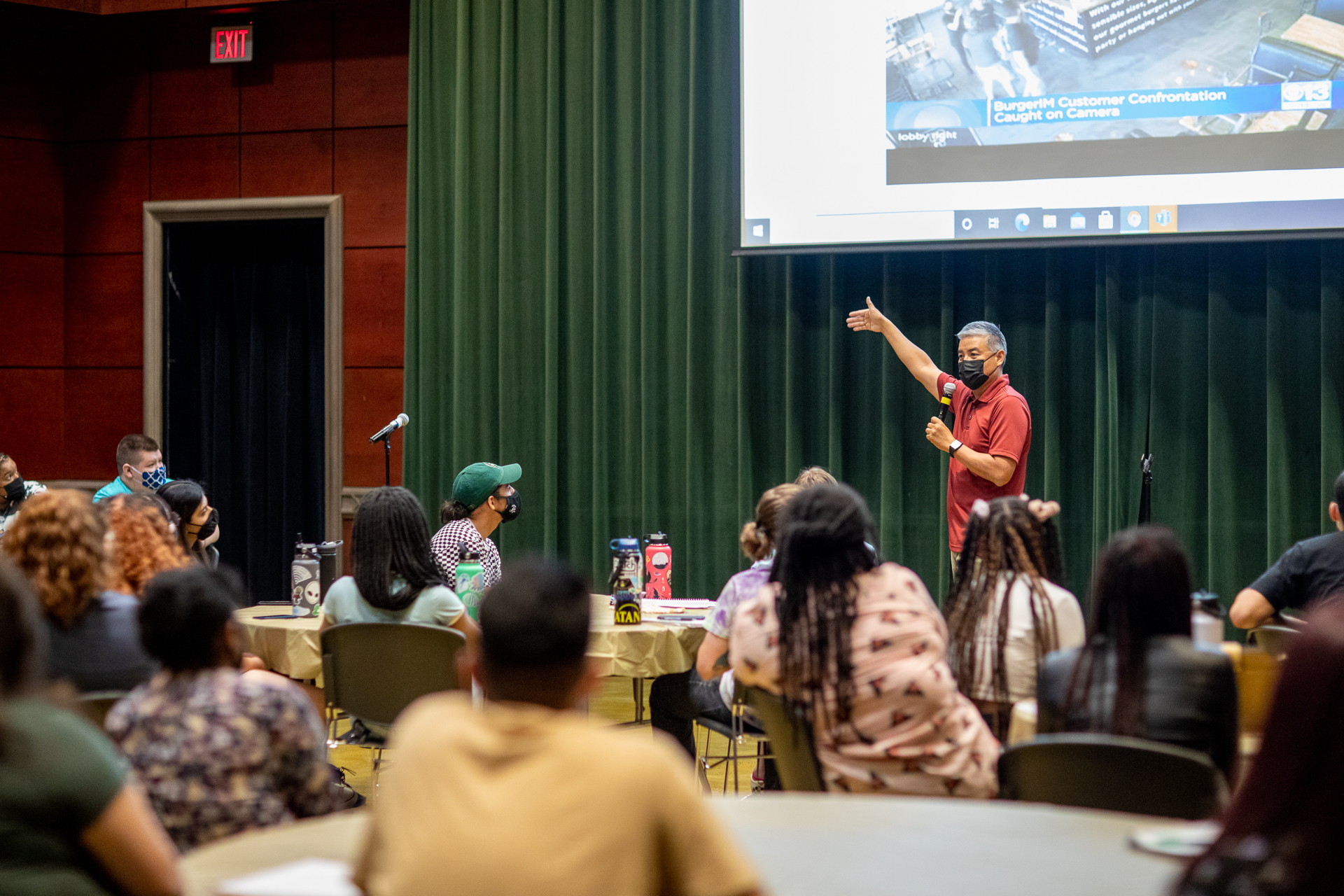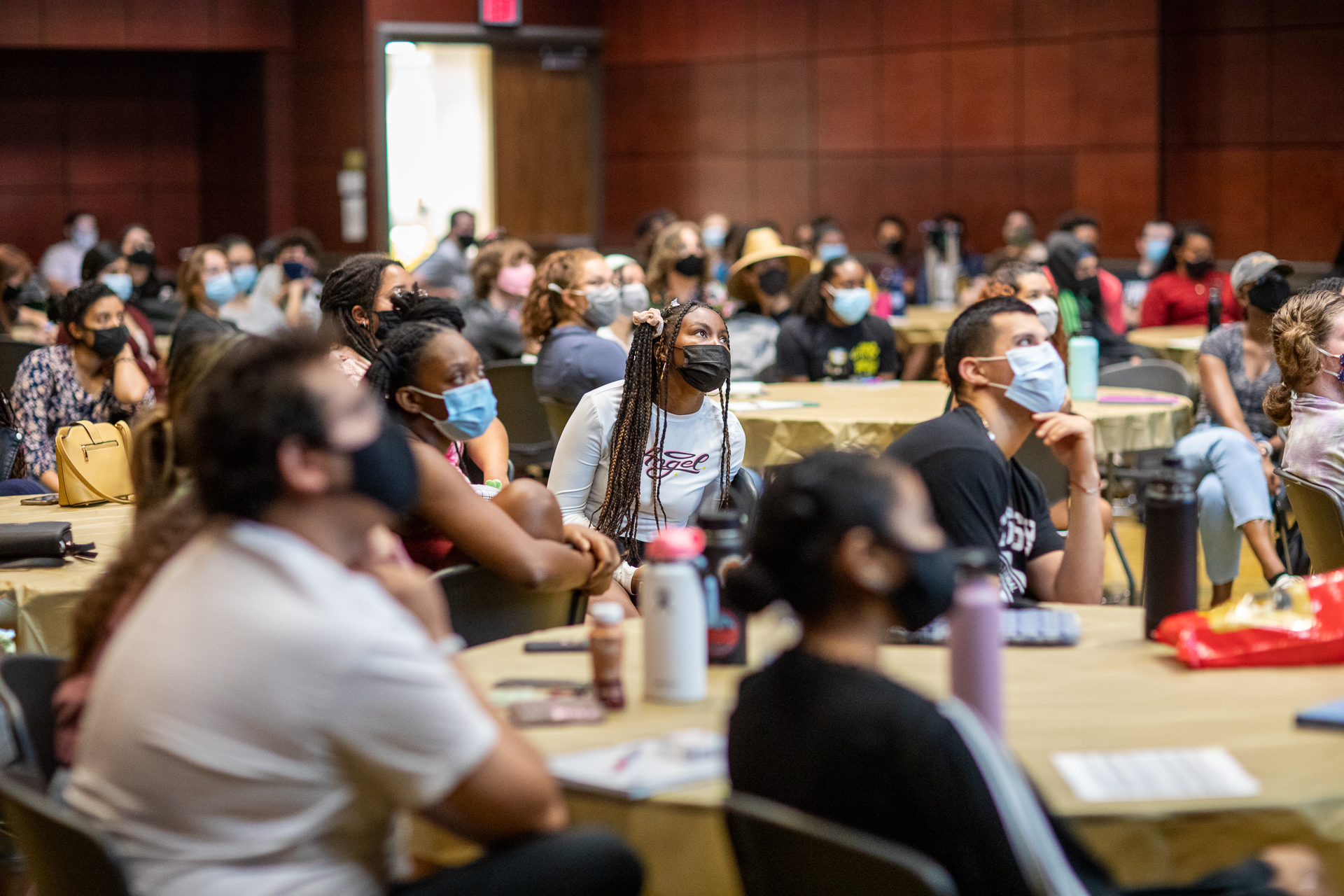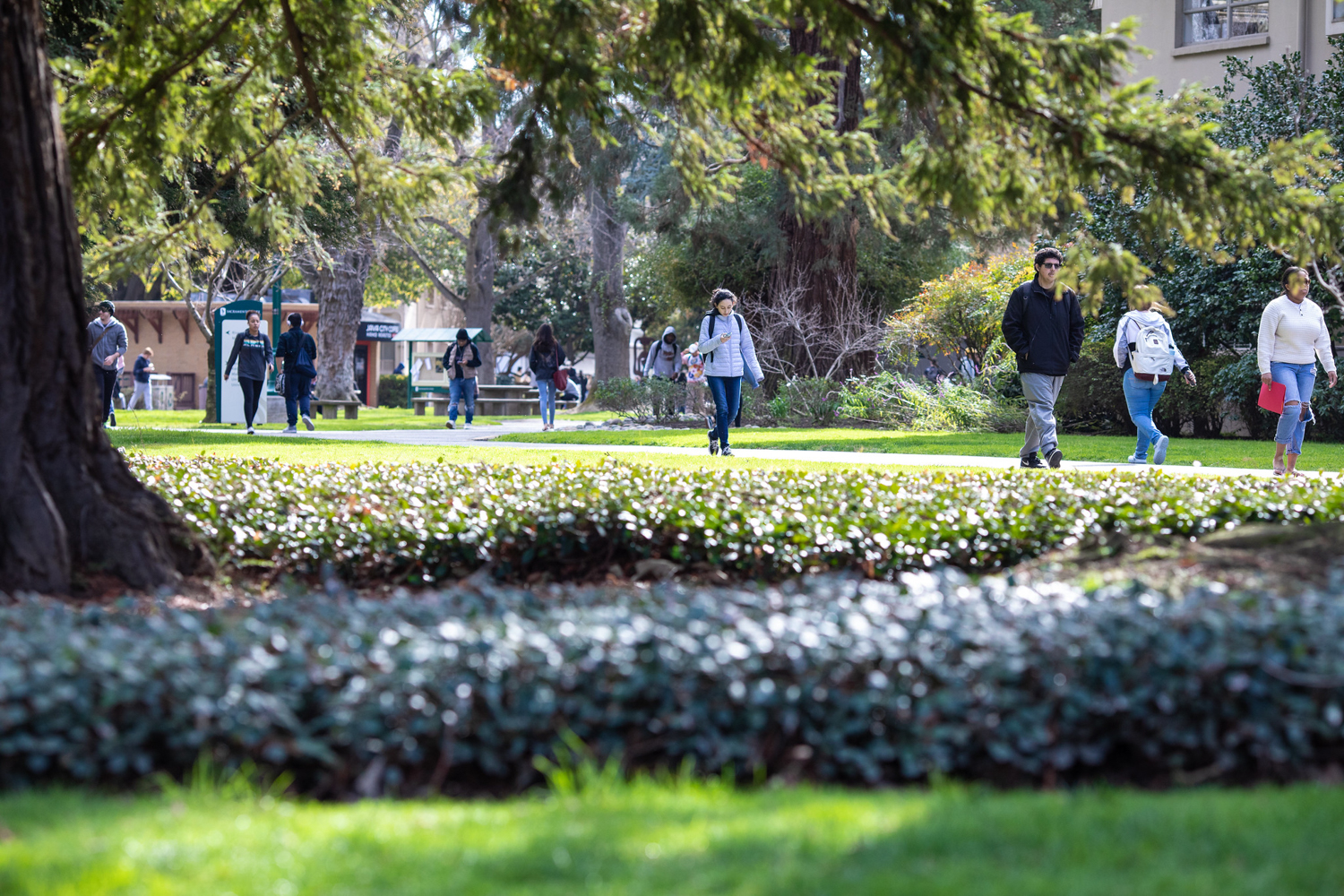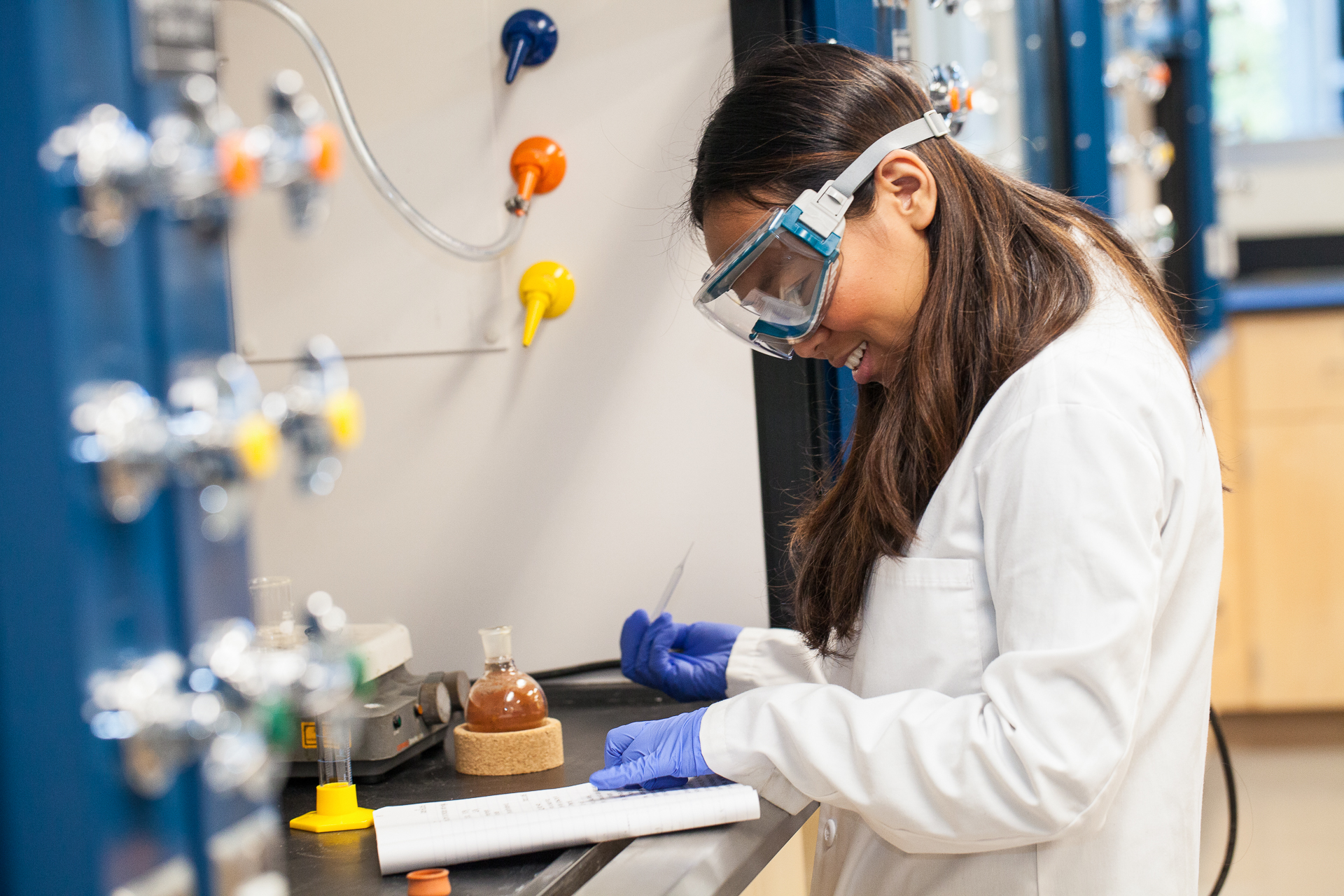Story Content
Students learn techniques for intervening in bias incidents

August 12, 2021
They offer support to homesick freshmen, help plan movie nights, and mediate disputes between roommates.
Now resident assistants (RAs), students who oversee life in Sacramento State’s residence halls, train to safely intervene if they witness incidents of bias or racism on campus.
The University’s Student Academic Success and Educational Equity Programs (SASEEP) organized the training amid ongoing concern about verbal and physical attacks against people of Asian descent. Fighting racism and fostering a culture of inclusion on campus is one of the University’s top priorities.
“Our RAs are student leaders who supervise thousands of residents,” said Jeremy Wu, a residence hall coordinator. “They receive a wide variety of training to help them support our residents, and bystander intervention training is a great addition to their toolkit.”
About 80 RAs recently learned “bystander intervention” techniques from Greg Jung, representing the Sacramento chapter of OCA Asian Pacific American Advocates. Participants learned about differences between hate incidents and hate crimes, and how to respond should they encounter them.

“It’s part of the wider Antiracism and Inclusive Campus Plan initiative,” said Vang. “This is just one step in the right direction to engage and invest in Asian Pacific Islander Desi American students and the APIDA community in Sacramento.”
Since March 2020, more than 5,000 “hate incidents” have been reported to police and other groups across the United States, a major surge from previous years, Jung said. Several incidents, including verbal attacks and racist graffiti, have occurred in the Sacramento area.
Many of the incidents appear to be linked to anger and blame relative to the COVID-19 pandemic, which is believed to have originated in China.
Jung said he has been the target of racial taunts at least twice while shopping for groceries in the Sacramento area. Strangers have hurled offensive names and insults at him, and told him to “go back” to Asia, he said.
“I haven’t been called these names in 50 years,” Jung said. The incidents persuaded him and others in his organization to offer training in intervention techniques.
The techniques can be used to respond to bias against members of any ethnicity as well as members of certain religious groups or those with different gender identities, he said.
“If you witness someone being harassed or bullied for whatever reason, you can’t close your eyes to it,” he told the RA group. “Don’t do nothing.”
In the interest of safety, he said, witnesses should work to keep tensions from escalating. They should raise objections to bullying or bias, but speak rationally, offer resources to the victim, and call police if necessary.
In an interactive exercise with Jung, RAs practiced techniques for intervening in racially charged disputes in ways that positively influence outcomes. Simply saying, “Hey, that’s not cool” in response to racially biased harassment could instantly defuse it, they learned.
After raising an objection, witnesses should proceed cautiously, keeping in mind the victim’s wishes and the safety of everyone involved. Offer to help the victim file a report or obtain counseling through a campus or community group, Jung urged. Incidents that result in physical harm should be reported to authorities.
Emmi Pargament, who will work as an RA at Hornet Commons during the fall semester, was moved by Jung’s personal experiences.
“That reinforced to me that this is really happening in our community,” she said. “As an RA, I’m coming away with more strategies for dealing with these things” and helping students feel safe and welcome on campus.
Atina Diep, also a Hornet Commons RA, said the training gave her confidence to intervene should she witness bias incidents on campus.
“It was very helpful, and I like that he acknowledged that this isn’t just about Asians,” Diep said of Jung. “We can apply it to anyone.” Hundreds of Sac State students have participated in bystander intervention training this summer. Hundreds
Media Resources
Faculty/Staff Resources
Looking for a Faculty Expert?
Contact University Communications
(916) 217-8366
communications@csus.edu


